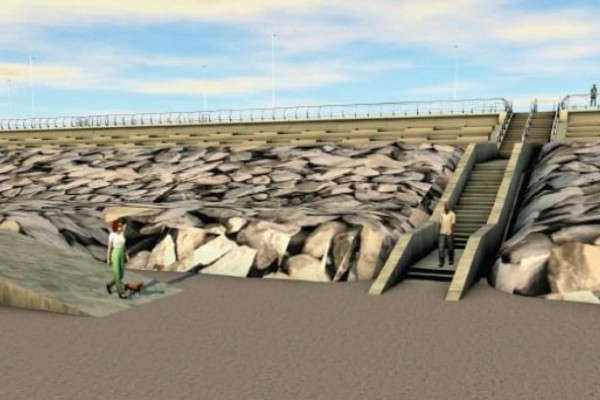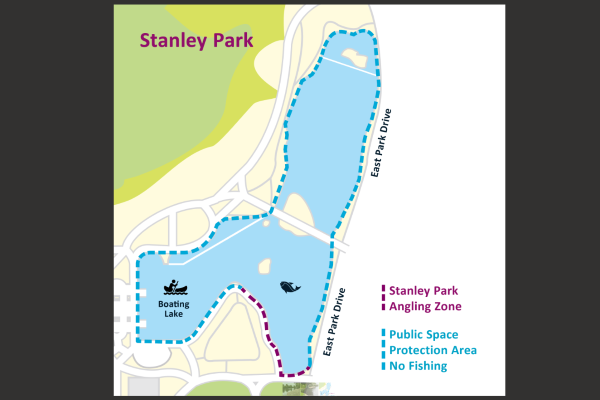
Final consultation is under-way ahead of a £30m investment in work to protect part of Blackpool’s coastline.
The scheme will see five new rock groynes built at Anchorsholme Beach at Princes Way and is needed in order to protect against the threat of coastal erosion.
Some public consultation has already been held, but Blackpool Council has now published a public notice as part of the Coast Protection Act giving notice of the work.
It says details of the shoreline management plan can be viewed at Anchorsholme Library on Luton Road. Anyone who still wishes to object, must contact the council or the Secretary of State before a deadline of May 6.
The notice says work will consist of adding rock to raise the height of the existing coastal revetment (sea barrier) by 3.5 metres, extend the northern and southern edges by around 25 metres and extend the toe of the revetment by around 10 metres further forward.
Work also includes building five new rock groynes stretching between 75 metres and 125 metres offshore from the existing sea wall. Navigation markers will also be installed at the end of the groynes where necessary for safe navigation by sea vessels.
Funding for the scheme includes grants from the Environment Agency with work expected to begin later this year and be completed in 2028. It will mean access to the beach is restricted for around two years.
A planning application (reference 25/0053) for the project was submitted earlier this year and has yet to be decided, but has attracted a number of objections from residents unhappy with the siting of the construction compound.
Contractor Balfour Beatty has been appointed to carry out the work, which the council says is necessary in order to preserve the beach for future generations.
A design and access statement submitted with the planning application says: “The scheme will retain the beach as an important local amenity for existing and future generations.
“The loss of the beach without the installation of the groynes, would not only be harmful to the character and appearance of the area but would also result in the loss of a large area of beach habitat.”

 Decision made on plans to turn flats in central Blackpool into hotel
Decision made on plans to turn flats in central Blackpool into hotel
 We need extensions at community centre to provide more activities
We need extensions at community centre to provide more activities
 £4m redevelopment of former dilapidated hotel site moves a step close
£4m redevelopment of former dilapidated hotel site moves a step close
 Grand National ride has reopened following a period of maintenance.
Grand National ride has reopened following a period of maintenance.
 Ambitious housing scheme on course to deliver 348 affordable homes
Ambitious housing scheme on course to deliver 348 affordable homes
 New fishing rules agreed for Stanley Park Lake
New fishing rules agreed for Stanley Park Lake


